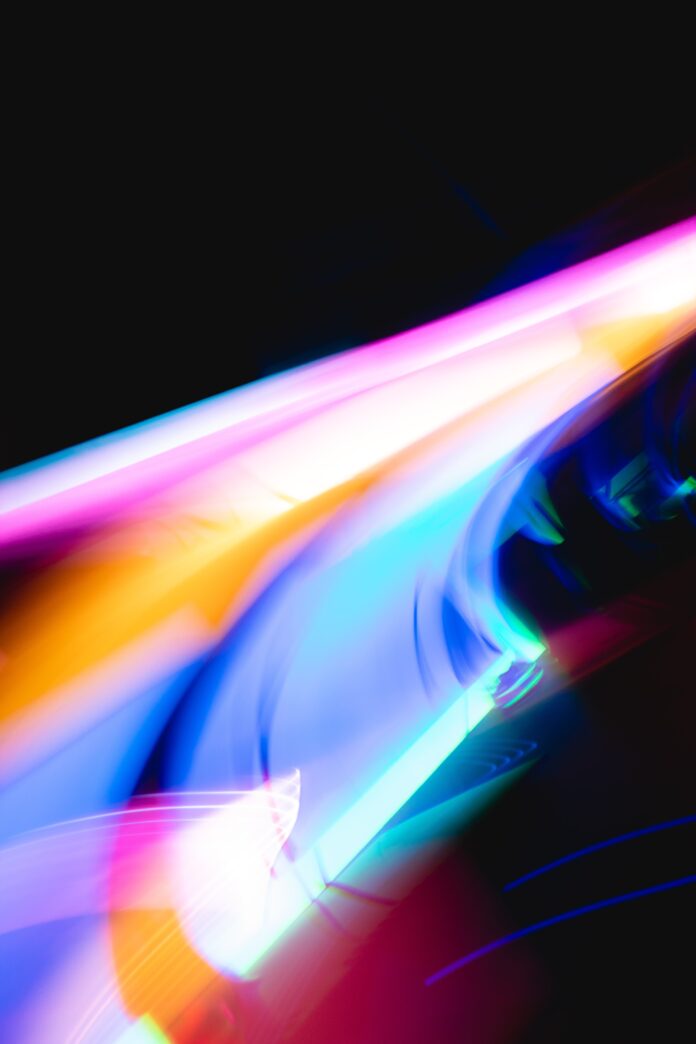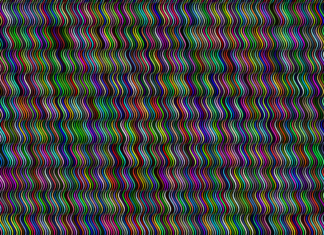Robotic Wildlife Conservation Drones: Innovating Conservation Efforts
In recent years, the intersection of technology and environmental conservation has given rise to groundbreaking solutions that redefine the way we protect and preserve our planet’s biodiversity. Among these innovative tools, Robotic Wildlife Conservation Drones have emerged as a promising frontier in the realm of conservation. These advanced autonomous aerial systems are designed to revolutionize wildlife monitoring, habitat management, and anti-poaching efforts, ushering in a new era of precision conservation.
Robotic Wildlife Conservation Drones represent a convergence of cutting-edge technologies, blending robotics, artificial intelligence (AI), remote sensing, and data analytics to address some of the most pressing challenges faced by conservationists today. These drones serve as versatile tools that offer a wide array of capabilities, ranging from surveying vast landscapes to tracking elusive animal species. By taking to the skies, these drones provide researchers, rangers, and conservation organizations with unprecedented insights into ecosystems, helping to make informed decisions for the protection of threatened species and their habitats.
The significance of these robotic systems becomes particularly evident in the context of wildlife monitoring. Traditional methods of tracking animals on the ground often prove to be inefficient, labor-intensive, and disruptive to the animals themselves. This is where Robotic Wildlife Conservation Drones step in, offering a non-intrusive alternative that minimizes stress on wildlife while collecting valuable data. Equipped with high-resolution cameras, thermal sensors, and even DNA collection mechanisms, these drones can surveil and study wildlife from above, providing researchers with crucial information about animal behavior, migration patterns, and population dynamics.
However, the applications of these drones extend well beyond mere observation. One of the most critical challenges in wildlife conservation is the alarming rise of poaching, which threatens numerous species with extinction and undermines conservation efforts. Robotic Wildlife Conservation Drones serve as potent tools in the fight against poaching, leveraging their technological capabilities to detect and deter illegal activities. Through real-time monitoring, these drones can identify potential poachers and alert authorities, enabling rapid responses to prevent wildlife crime. Furthermore, some advanced systems are designed to mimic the appearance and behavior of certain species, acting as decoys to confuse and discourage poachers, ultimately safeguarding vulnerable animals.
Habitat loss and degradation pose additional hurdles to wildlife conservation, as ecosystems are increasingly fragmented by human activities. Robotic Wildlife Conservation Drones assist in habitat management by providing detailed maps and data about environmental changes. By conducting aerial surveys, these drones offer insights into deforestation, land use alterations, and the overall health of ecosystems. Such information is invaluable for conservationists working to restore and protect habitats, as it informs strategies for reforestation, land-use planning, and sustainable resource management.
The effectiveness of Robotic Wildlife Conservation Drones is further amplified by their ability to cover vast areas efficiently and access locations that are challenging for humans to reach. This is especially pertinent in remote and rugged terrains, where traditional data collection methods might be impractical. Whether it’s monitoring a colony of penguins in Antarctica, tracking the movements of elephants in dense African forests, or studying the nesting habits of sea turtles on distant beaches, these drones offer a level of accessibility that was once considered unattainable.
A notable advantage of these robotic systems is their adaptability and autonomy. Through AI and machine learning algorithms, they can be programmed to identify specific species, behaviors, or anomalies in the environment. This capability not only streamlines data collection but also enhances the accuracy of the information gathered. As these drones continue to learn and evolve, their ability to make real-time decisions based on the data they collect opens up new possibilities for proactive conservation strategies.
In conclusion, Robotic Wildlife Conservation Drones stand at the forefront of a technological revolution that is reshaping the landscape of conservation. By leveraging their aerial vantage point, advanced sensors, and autonomous capabilities, these drones offer a multifaceted approach to addressing conservation challenges. From monitoring wildlife and their habitats to combatting poaching and facilitating informed decision-making, these robotic systems hold immense promise for the future of biodiversity preservation. As technology continues to advance and these drones become even more sophisticated, their role in safeguarding the natural world is likely to become increasingly vital.
Advanced Sensor Suite:
Robotic Wildlife Conservation Drones are equipped with an array of advanced sensors, including high-resolution cameras, thermal imaging, LiDAR, and multispectral sensors. These sensors enable the drones to capture detailed data about wildlife, habitats, and environmental changes. The combination of various sensors provides comprehensive insights into ecosystems, from animal behavior to vegetation health.
Autonomous Navigation:
These drones are designed for autonomous flight, reducing the need for constant human piloting. They utilize GPS, obstacle detection systems, and AI-powered navigation algorithms to navigate complex and challenging terrains. This autonomy enhances their efficiency, allows them to cover large areas, and access remote or difficult-to-reach locations.
Real-time Data Transmission:
To enable swift decision-making, Robotic Wildlife Conservation Drones often feature real-time data transmission capabilities. This means that the data collected by the drones, such as wildlife movement patterns or potential poaching activities, can be transmitted back to conservationists and authorities instantly, enabling rapid responses to emerging situations.
Anti-Poaching Technology:
Many of these drones are equipped with anti-poaching technology to combat illegal wildlife activities. This includes the ability to detect and identify potential poachers using image recognition and AI algorithms. Some drones can also mimic the appearance and behavior of certain species to confuse and deter poachers, acting as a preventive measure.
Data Analytics and AI:
The collected data is only valuable if it can be effectively analyzed. Robotic Wildlife Conservation Drones often integrate AI and machine learning algorithms to process the vast amounts of data they gather. These algorithms can identify patterns, track animal movements, assess habitat health, and even predict potential threats to wildlife based on historical data and real-time inputs.
These key features collectively empower Robotic Wildlife Conservation Drones to revolutionize conservation efforts by providing accurate, timely, and actionable information to researchers, conservationists, and authorities.
Robotic Wildlife Conservation Drones have emerged as a transformative force in the field of environmental conservation, redefining the way humanity approaches the protection of its natural world. As these technological marvels take flight, they bring with them a host of advantages that hold the potential to revolutionize wildlife management, habitat preservation, and anti-poaching efforts.
At the heart of the appeal lies their ability to transcend the limitations of traditional methods. Historically, wildlife monitoring has been a labor-intensive process, often requiring teams of researchers to venture into challenging terrains to track and study animal behavior. This approach, while yielding valuable insights, poses numerous challenges. It can disturb the very ecosystems researchers aim to understand, potentially altering animal behavior and skewing the collected data. Additionally, the vastness of some ecosystems makes comprehensive data collection a daunting task.
Enter Robotic Wildlife Conservation Drones. These unmanned aerial vehicles soar above landscapes, providing an unobtrusive vantage point that allows researchers to observe animals without disrupting their natural patterns. Drones equipped with high-resolution cameras can capture intricate details of animal behavior, from mating rituals to hunting techniques. This wealth of information aids in the understanding of ecosystems and assists in making informed conservation decisions.
Furthermore, the rapid advancements in drone technology have led to the miniaturization of various sensors, allowing these aerial agents to collect an unprecedented range of data. Thermal imaging sensors, for instance, enable drones to monitor animals even in darkness, offering insights into nocturnal behaviors that were once hidden from view. LiDAR technology, on the other hand, enables the creation of precise 3D maps of landscapes and habitats, aiding in the assessment of terrain changes and their impact on wildlife.
Robotic Wildlife Conservation Drones are not limited to data collection; they also play a vital role in education and awareness. The captivating imagery and footage captured by these drones offer a new perspective on the natural world, fostering a deeper connection between people and the environments they strive to protect. Conservation organizations often use drone-captured content to engage the public, highlighting the beauty and vulnerability of various species and ecosystems.
The utility of these drones extends beyond observation. In an era plagued by the devastating impacts of poaching, the role of technology in deterring wildlife crime has become increasingly significant. Robotic drones equipped with real-time monitoring systems can detect suspicious activities, such as illegal hunting or logging, and alert authorities in real-time. This capability not only increases the chances of apprehending poachers but also acts as a deterrent, knowing that an unseen eye watches over protected areas.
A remarkable innovation in this regard is the use of decoy drones. These drones are designed to mimic the appearance and behavior of certain endangered species. Deployed strategically, decoy drones confuse poachers, diverting their attention away from actual animals. This creative approach not only protects wildlife but also contributes to the preservation of delicate ecosystems that are often disrupted by human intrusion.
The effectiveness of Robotic Wildlife Conservation Drones is amplified when they are part of an integrated conservation strategy. When combined with ground-based monitoring, satellite imagery, and community engagement, these drones contribute to a comprehensive understanding of ecosystems. This holistic approach ensures that conservation efforts are well-informed, adaptable, and tailored to the specific needs of the environment and its inhabitants.
Challenges do exist in the deployment of these drones, ranging from technical limitations such as battery life and weather conditions, to regulatory hurdles related to airspace usage and data privacy. However, the pace of technological innovation and the collaborative efforts of researchers, engineers, and policymakers are steadily overcoming these obstacles.
Looking ahead, the future of Robotic Wildlife Conservation Drones appears bright. As drones become more sophisticated, they will likely incorporate AI-driven decision-making processes that can autonomously identify ecological trends, potential threats, and conservation opportunities. These drones could play an active role in the restoration of degraded habitats by dispersing seeds or even applying targeted interventions, thus contributing to ecosystem health and resilience.
In conclusion, Robotic Wildlife Conservation Drones are at the forefront of a new era in conservation. Their ability to capture intricate data from above, to deter poaching, and to engage the public, makes them invaluable tools in safeguarding biodiversity. As technology continues to advance and these drones become more accessible, the possibilities for conservation impact are boundless. By seamlessly blending innovation with conservation ethics, Robotic Wildlife Conservation Drones are poised to reshape our relationship with the natural world for the better.






















